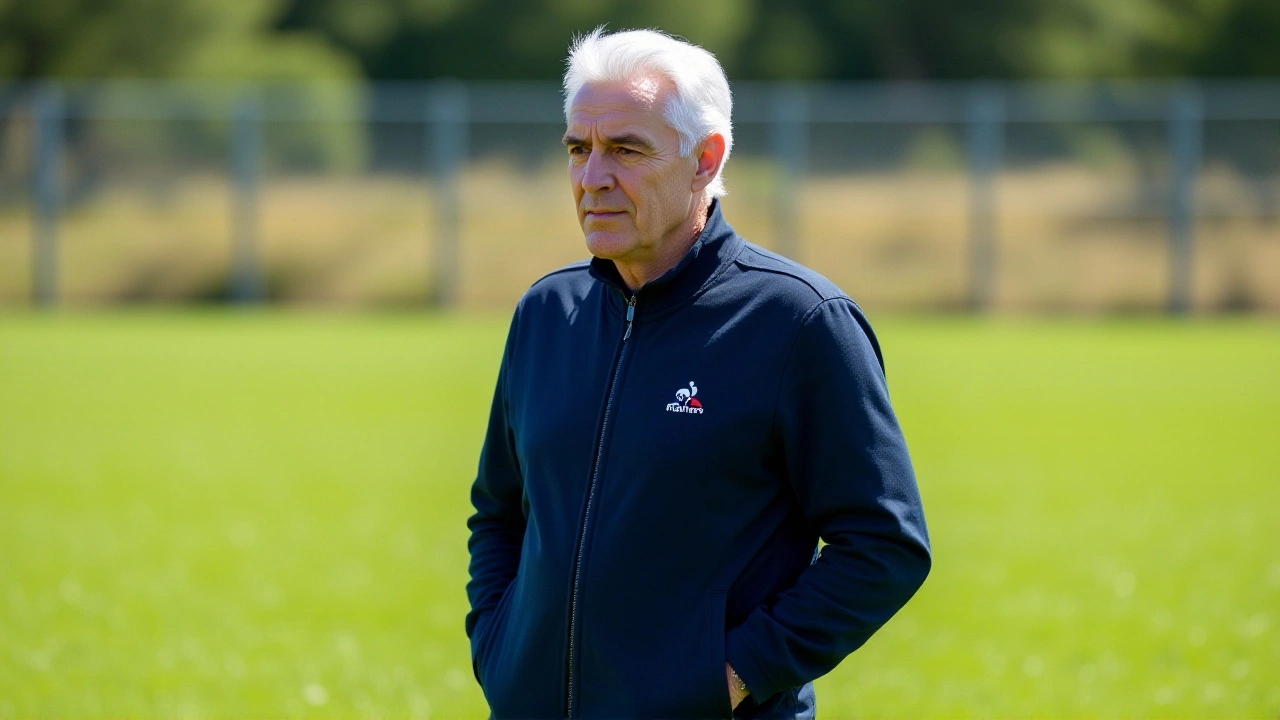World Cup Qualifiers: What You Need to Know
Fans around the globe are glued to the road to the biggest tournament in football. Every continent runs its own qualifying rounds, and the results decide who gets to play on the world’s biggest stage. Whether you’re a casual viewer or a die‑hard supporter, knowing the basics helps you follow the drama without getting lost.
In most regions, teams are split into groups and play home‑and‑away fixtures. Three points for a win, one for a draw – the classic system. At the end of the group stage, the top side (or top two, depending on the confederation) earns a direct spot. Some zones also have playoffs for the best runners‑up, adding extra excitement.
How the Qualification Process Works
Each confederation—UEFA (Europe), CONMEBOL (South America), CONCACAF (North, Central America and Caribbean), AFC (Asia), CAF (Africa) and OFC (Oceania)—sets its own rules. For example, UEFA has ten groups of five or six teams, and the group winners qualify directly while the second‑placed teams enter a play‑off. In CONMEBOL, all ten nations face each other in a round‑robin, with the top four heading to the finals.
Dates are spread over two years, giving national teams time to balance club commitments. The schedule usually starts in the summer of the preceding year and wraps up by early the next year. Keep an eye on FIFA’s official calendar for exact match days and any changes caused by weather or political issues.
Top Stories and Where to Watch
Right now, the biggest headlines involve surprise upsets and star players returning from injury. In Asia, Japan’s striker finally scored after a long layoff, while in Africa, a tiny nation clinched its first ever win against a powerhouse. Those moments drive viewership, and many broadcasters stream the games live on free‑to‑air channels or subscription platforms.
If you’re wondering where to tune in, check your local sports network’s schedule. In South Africa, SuperSport often carries UEFA and CAF matches, while SABC might show CONMEBOL games. For streaming, services like ESPN+, DAZN or the FIFA official app offer live feeds and highlights, sometimes with a free trial period.
Following the qualifiers on social media also pays off. Official federation accounts post line‑ups, live scores, and behind‑the‑scenes clips. Hashtags such as #WCQ2025 keep the conversation rolling and let you join fan debates in real time.
Bottom line: the qualification phase is a marathon, not a sprint. Knowing the format, keeping track of schedules, and having a reliable way to watch will make the journey to the World Cup as thrilling as the tournament itself. Stay updated, enjoy the goals, and get ready for the final showdown when the qualifiers end and the big event begins.
Hugo Broos Announces SA Squad for Zimbabwe, Rwanda Qualifiers
Coach Hugo Broos names a youth‑focused Bafana Bafana squad for 2026 World Cup qualifiers against Zimbabwe and Rwanda, highlighting suspensions, injuries, and the quest for a World Cup spot.
Julian Parsons | Oct, 3 2025 Read More
